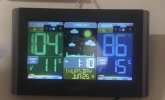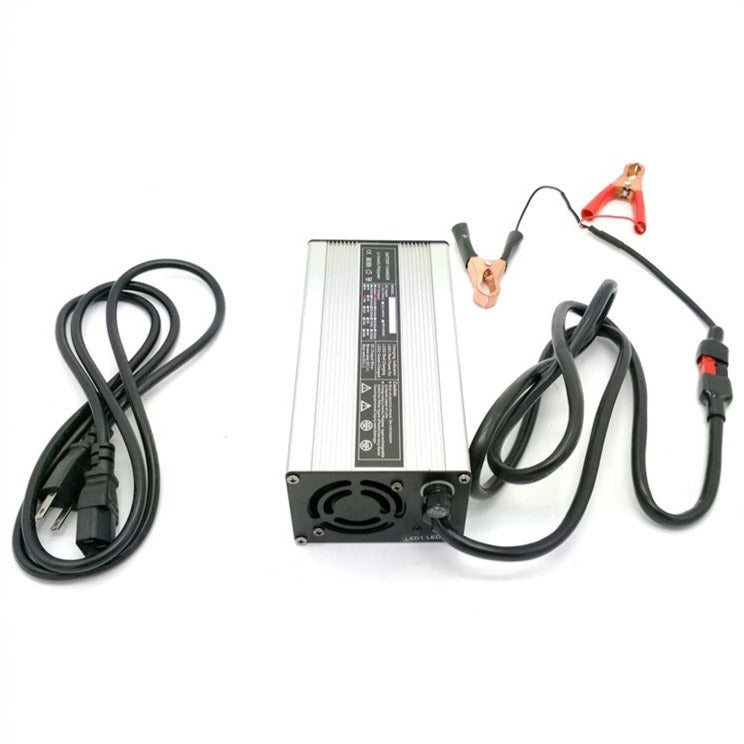Ampster
Renewable Energy Hobbyist
Yes I have used those as well. In fact I have gone through four or five in eight years. They have all blown some internal circuitry and I don't think they are built for long term content use. They are great for powering various device for test purposes. What i don't like is that the display doesn't always show you what the content voltage setting is. They do show you what the voltage going to the device is but unless you push the right buttons that may not be the maximum, so the user goes to bed and wakes up to a puffy cell.
If you are looking for 29 volts then query for that and not 24 volts to get closer. The have a small voltage adjustment that has at least a volt or two range between nominal.
If you are looking for 29 volts then query for that and not 24 volts to get closer. The have a small voltage adjustment that has at least a volt or two range between nominal.





